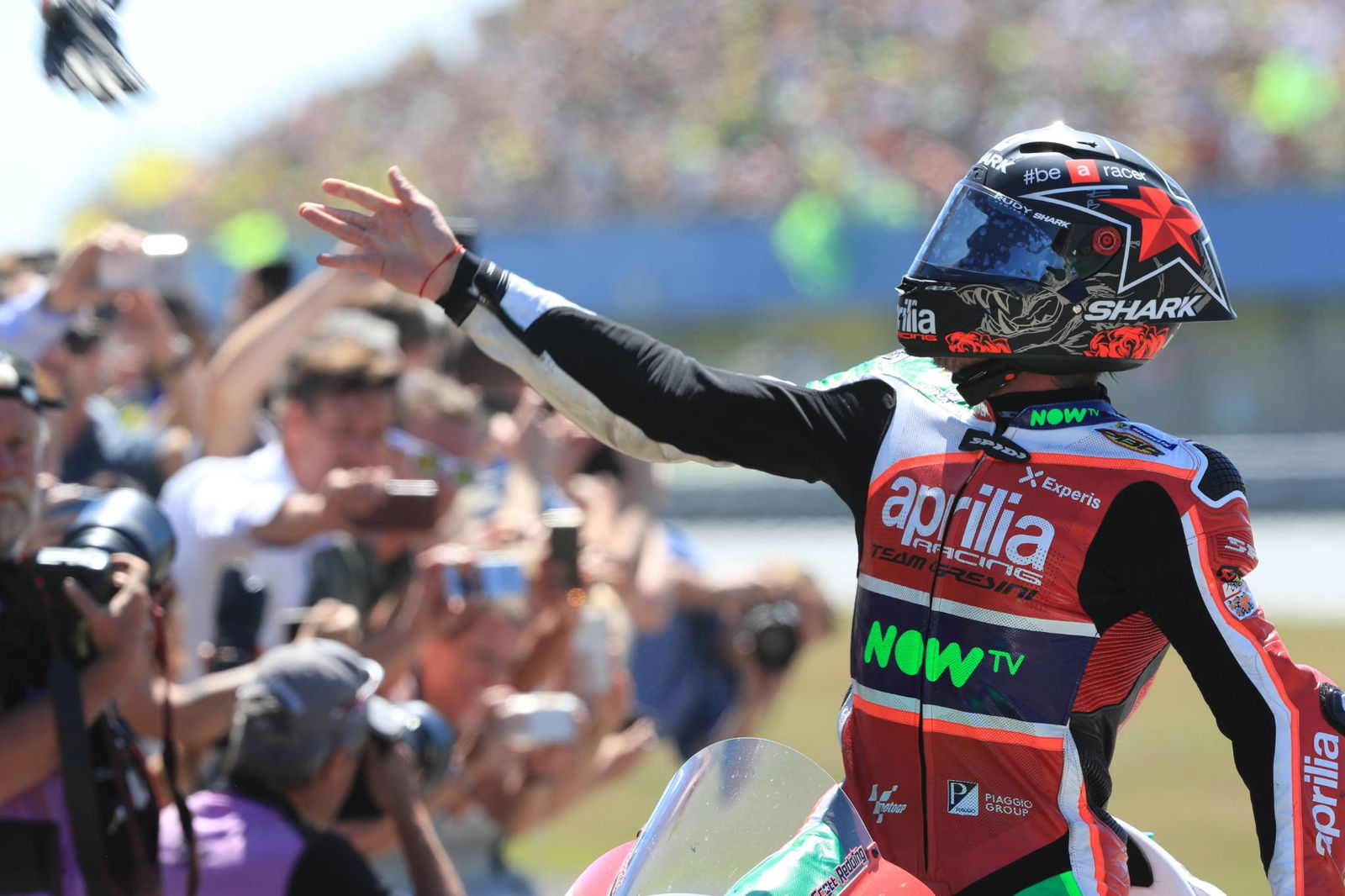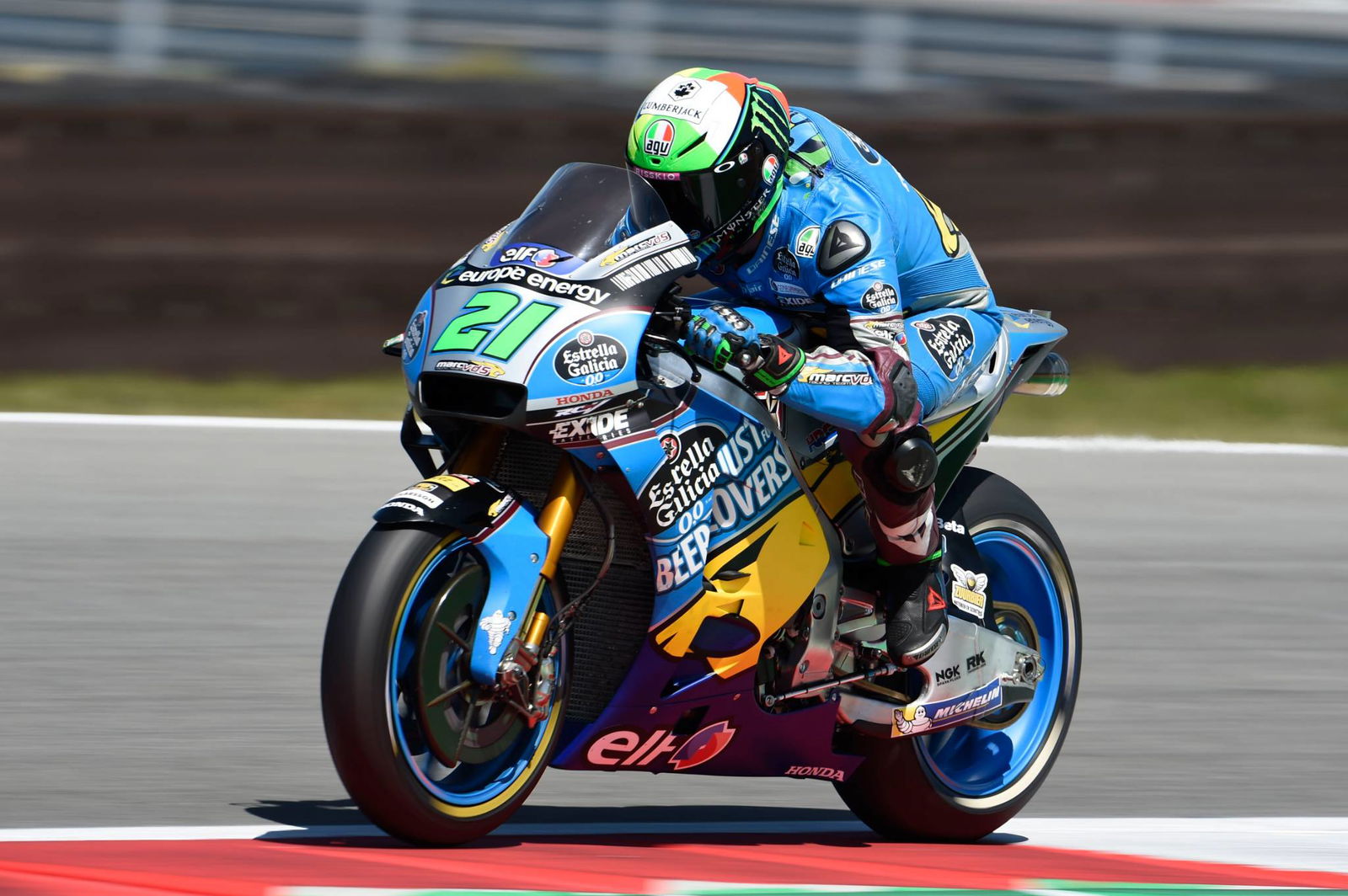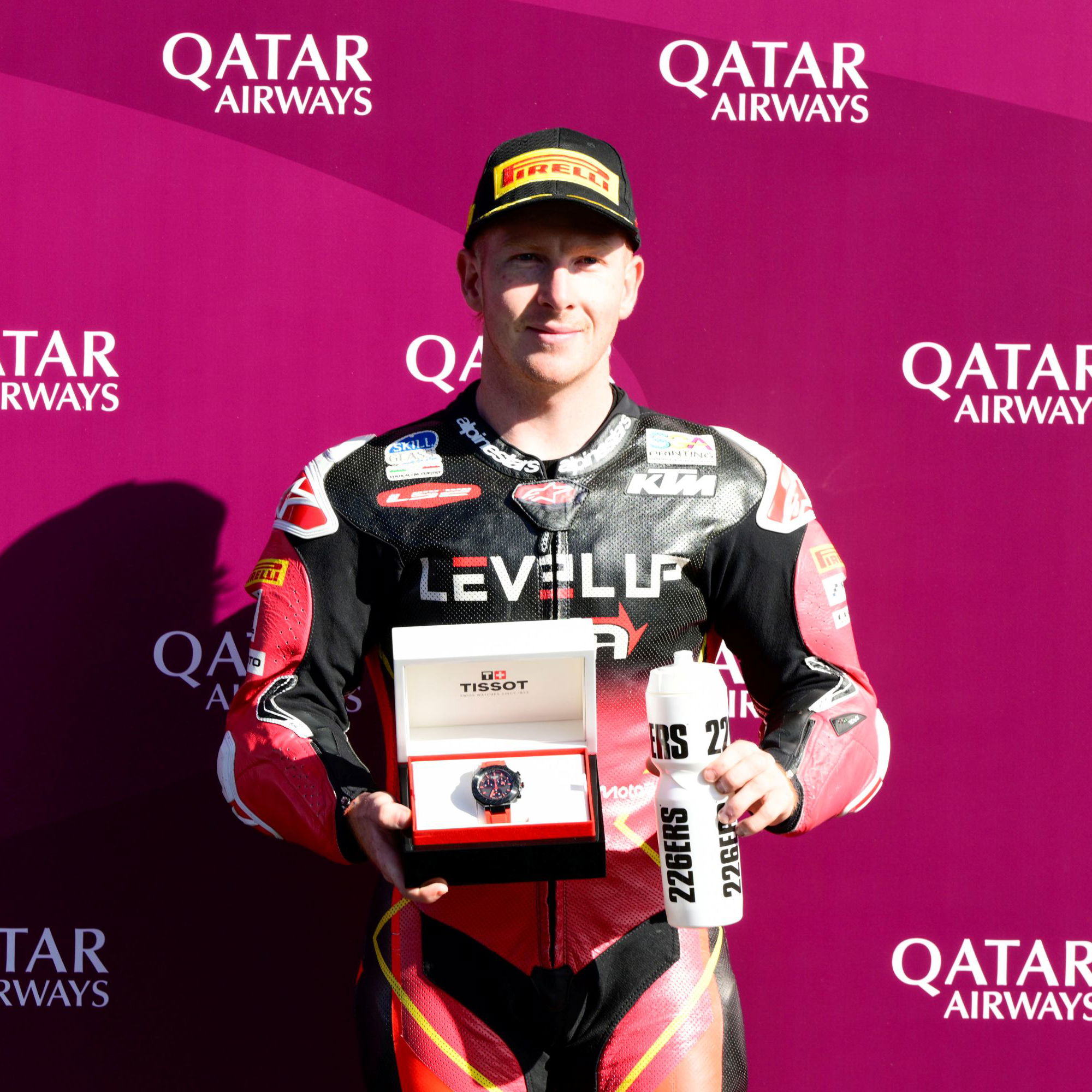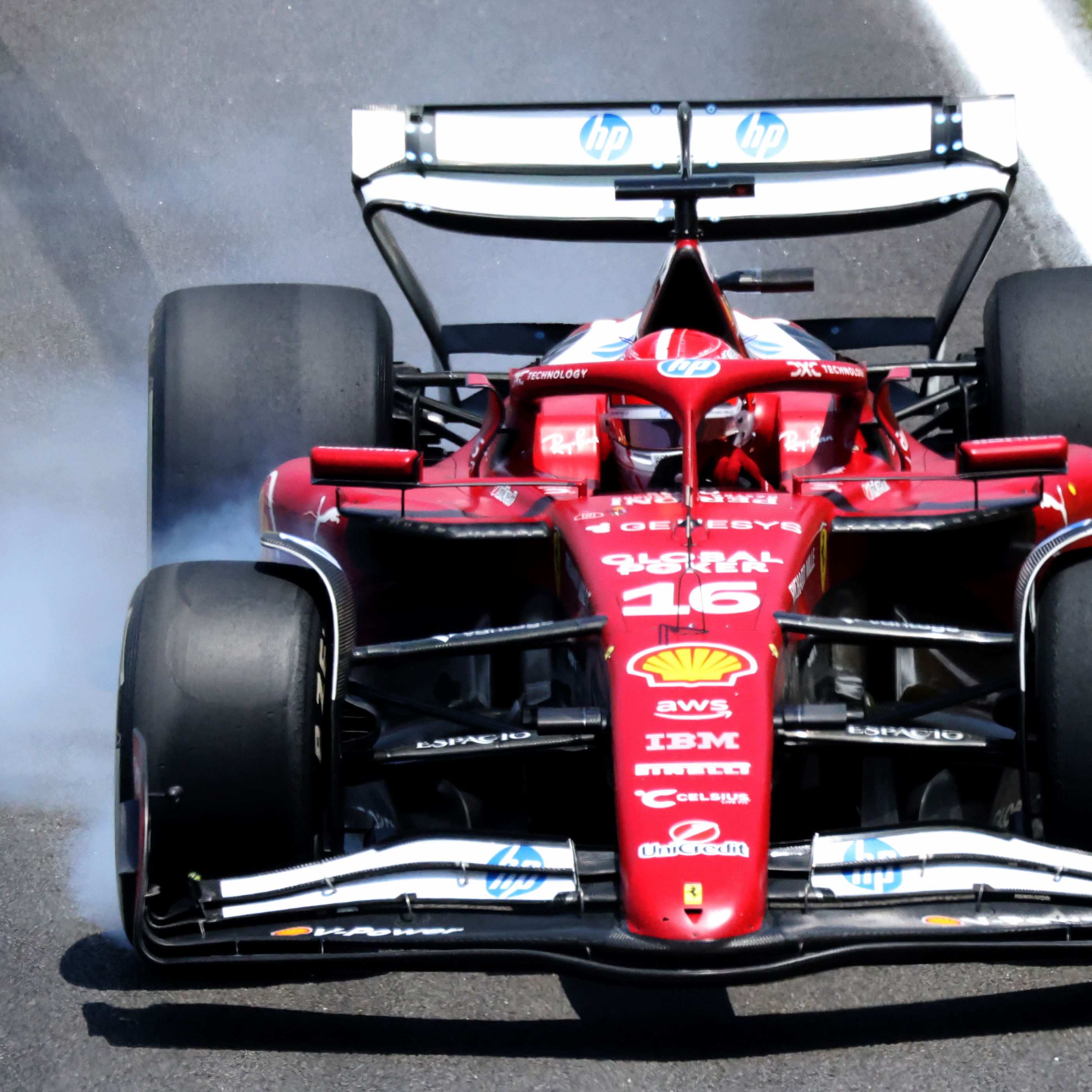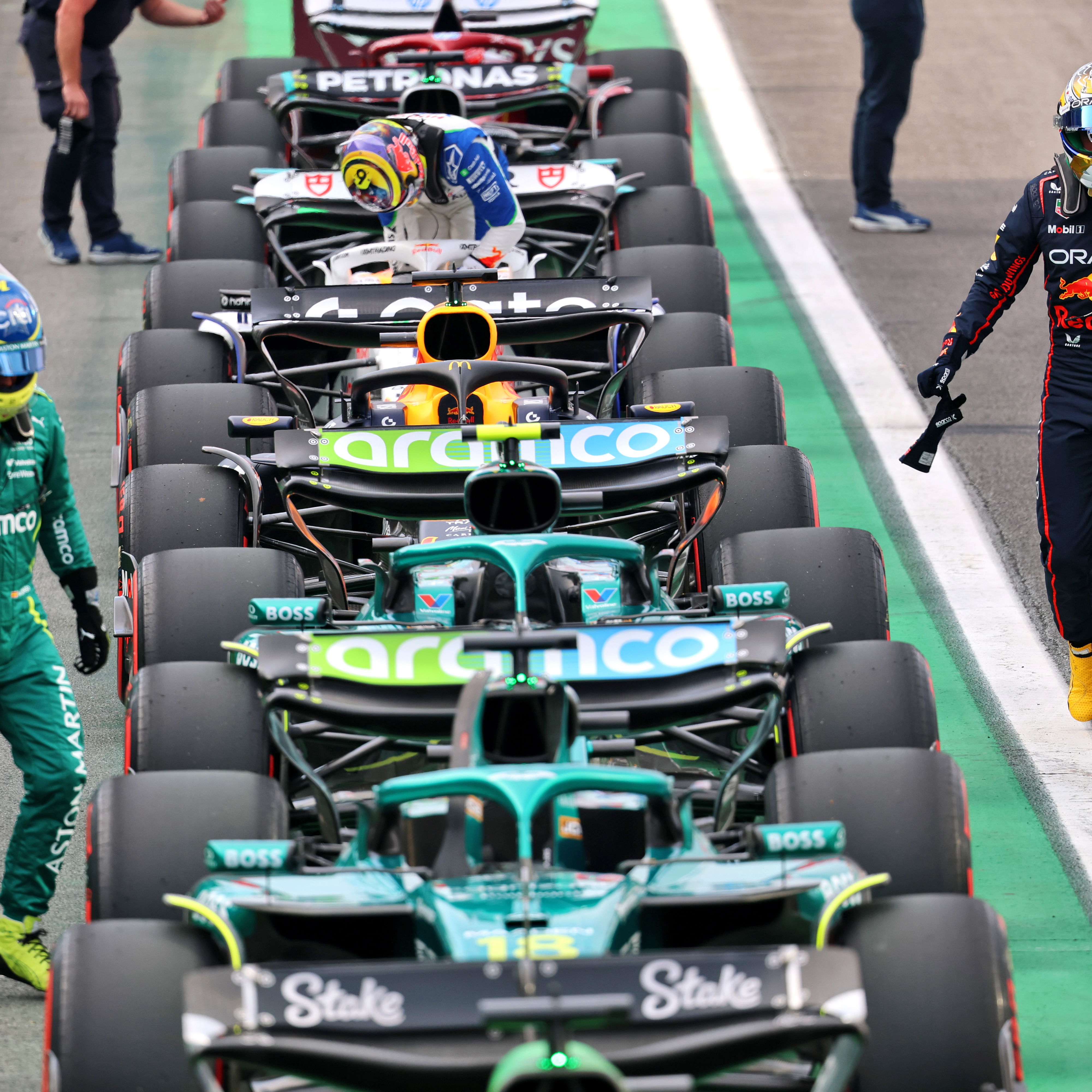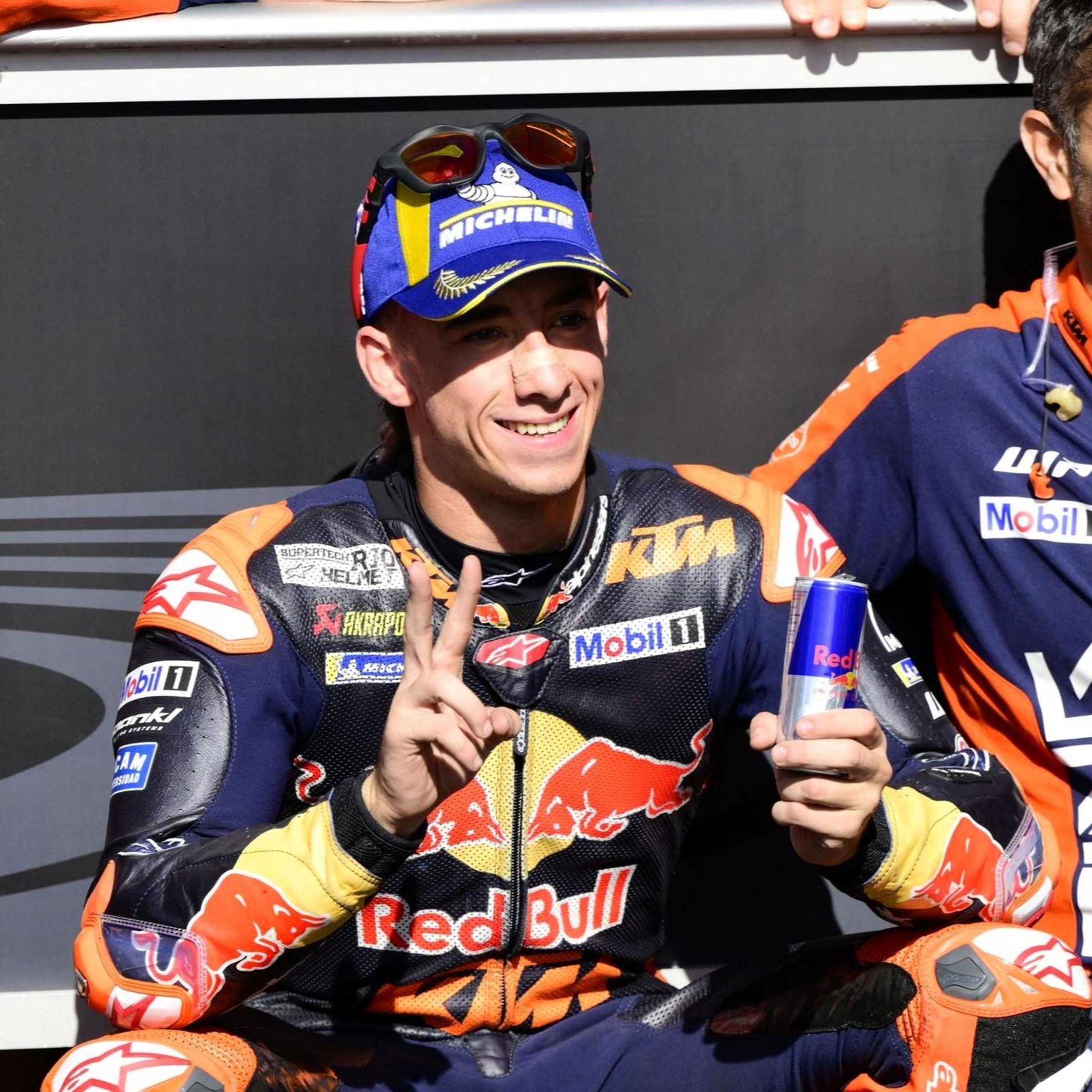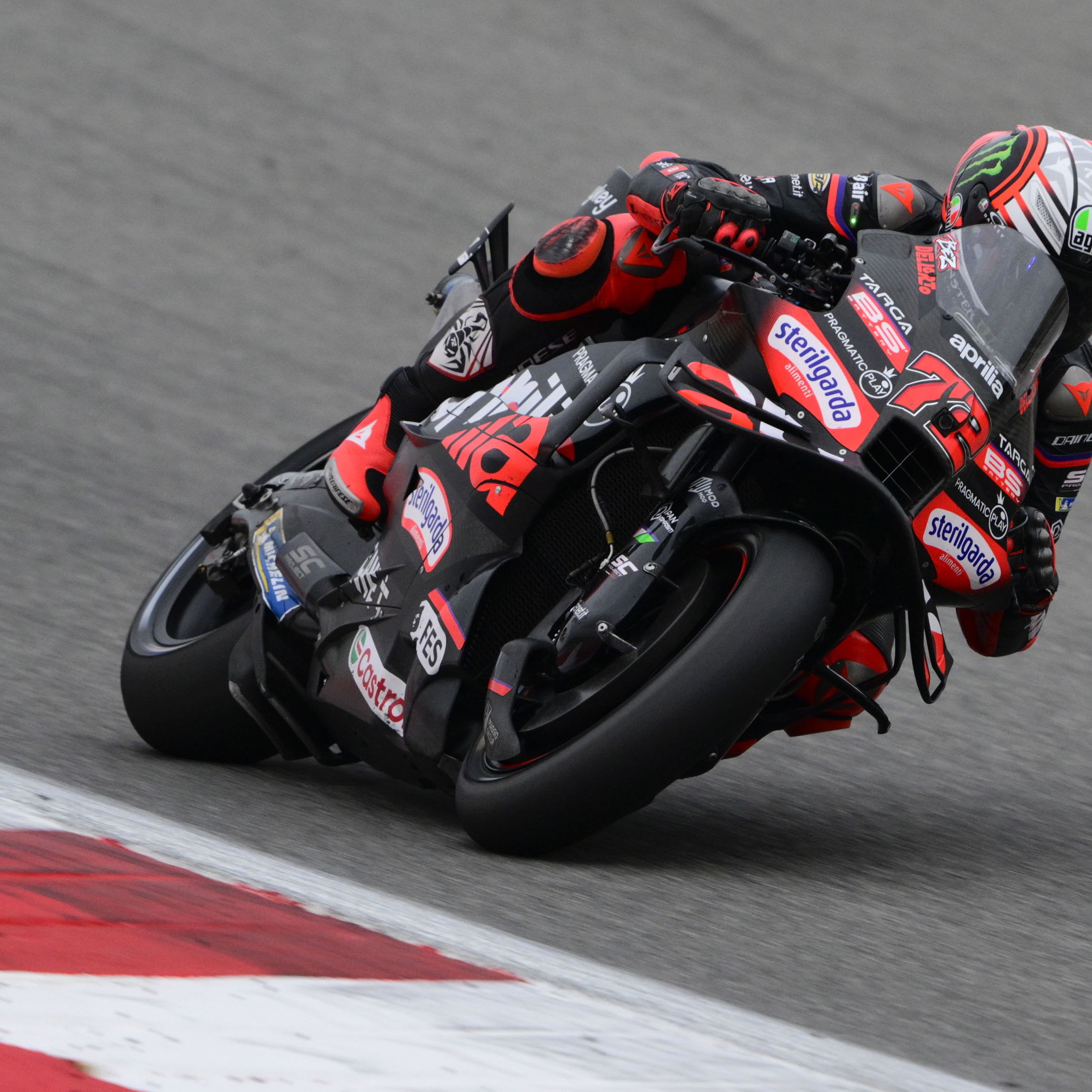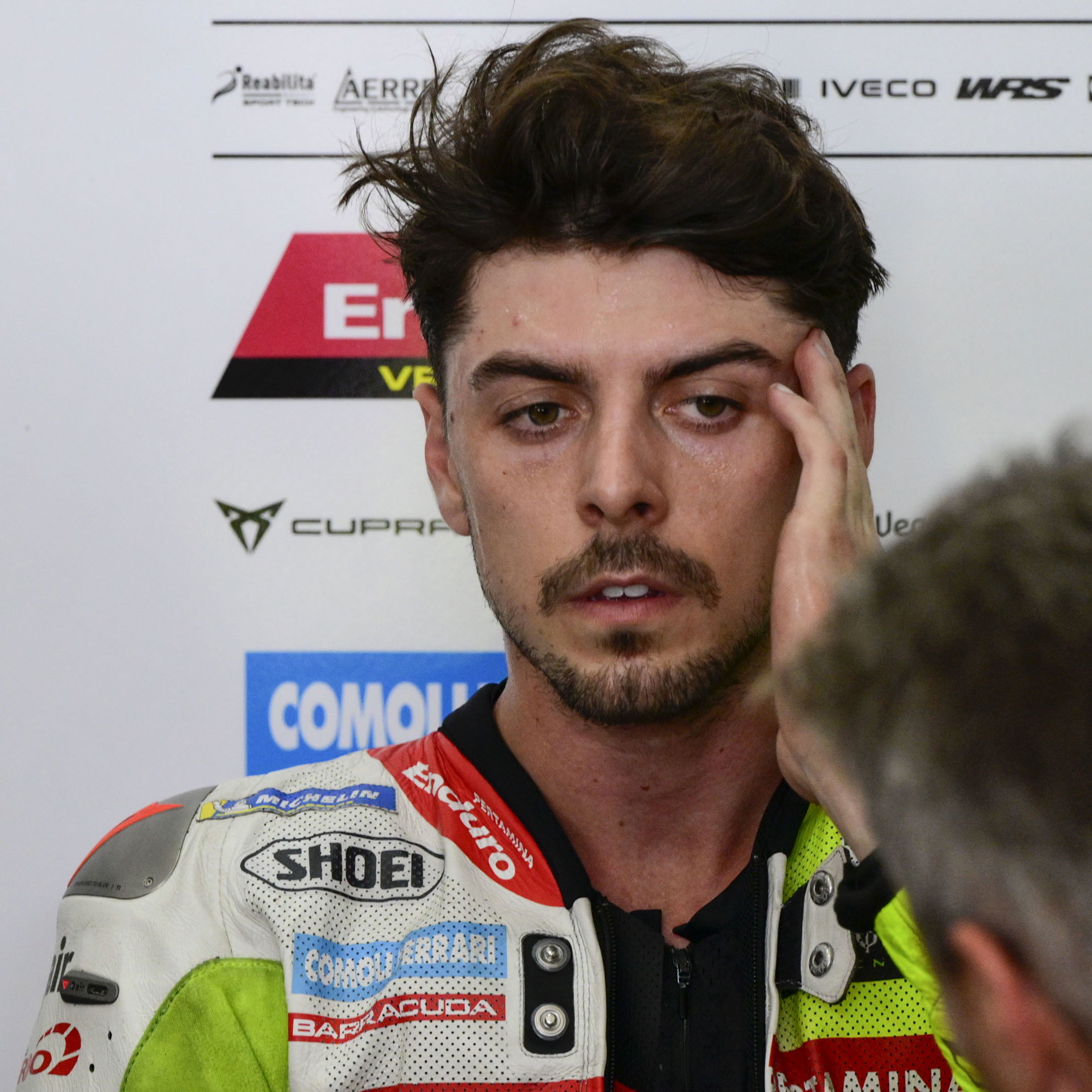MotoGP: Joan Mir – ‘In two years he’ll fight with the best’
When the manager of an established MotoGP factory tells you a rider with less than two-and-a-half seasons’ worth of experience “deserves his own project,” your first thought may be mild disbelief. But Davide Brivio, Suzuki’s team boss, saw enough in Joan Mir’s performances over the past year to lead him to “feel he has something special.”
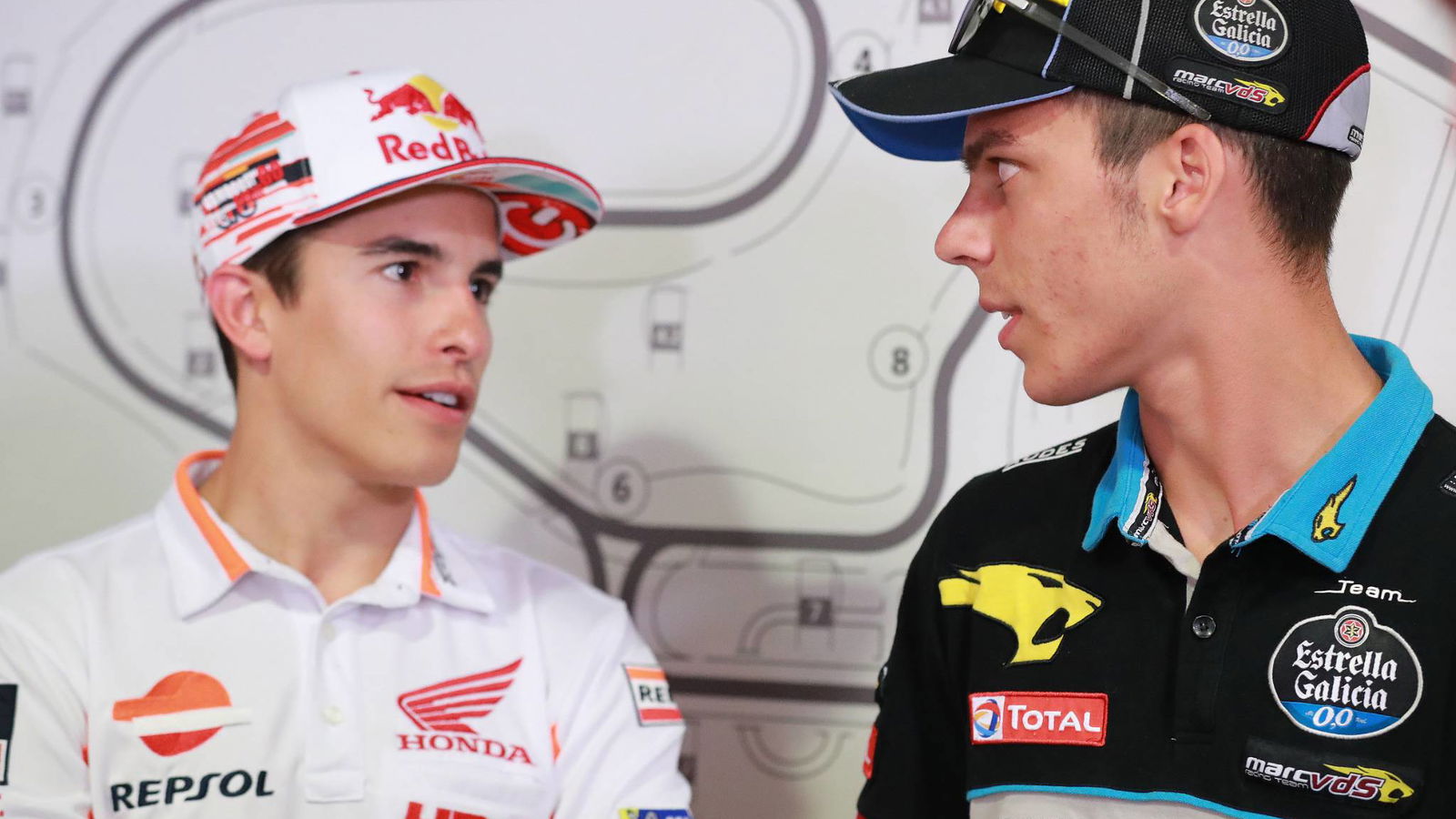
When the manager of an established MotoGP factory tells you a rider with less than two-and-a-half seasons’ worth of experience “deserves his own project,” your first thought may be mild disbelief. But Davide Brivio, Suzuki’s team boss, saw enough in Joan Mir’s performances over the past year to lead him to “feel he has something special.”
On the face of it, Suzuki’s signing of the 20-year old Majorcan represents a serious risk; he only made his debut in the intermediate class three months ago, and doesn’t appear to be in a position to challenge Francesco Bagnaia, Miguel Oliveira and the rest for the title this year.
Not even the fresh-faced Marc Marquez or Maverick Viñales were as inexperienced making the step up. Come next year’s curtain raiser in Qatar, Mir will have accumulated 56 grand prix starts. Viñales had 68 while Marquez had ten more.
Yet people that either have worked with Mir in the past or are currently deciphering his feedback in the garage feel the 20-year will take little time in getting up to speed when lining up alongside the best MotoGP has to offer.
Christian Lundberg first signed Mir for Leopard Racing after a promising season in the Red Bull Rookies Cup in 2014, during which he contested the title with current Moto3 championship leader Jorge Martin. From there, the talented Spaniard would compete in the 2015 FIM Junior World Championship series with the likes of Aron Canet and Nicolo Bulega.
“We had an bike with a stock engine,” says Lundberg. “It was very difficult to beat Canet and Bulega in this championship. Anyway, he won four or five races [but] we didn’t have money, we didn’t have anything to win this title. It was really a miracle that the bike stayed until the end of the race.”
Meanwhile Pete Benson is the Majorcan’s crew chief in the Marc VDS Moto2 squad. Under his guidance, Mir was showing race winning pace in the third race at the Circuit of the Americas and he made his first podium appearance two outings later in France.
Crash.net spoke to both men to understand what convinced Suzuki to pursue his signature for 2019 and ’20.
Natural ability
No rider casts a spell of dominance over their rivals, as Mir did in Moto3 a year ago, without having something a little special concealed within. The Majorcan came away from 2017 with ten race wins, one shy of Rossi’s all-time record for the junior class.
But Lundberg sees a difference between Rossi’s feats and those of his former rider. “No rider wins ten races in Moto3. It’s very difficult. It’s crazy difficult. OK, Valentino won eleven, but in Valentino’s age he had an official Aprilia bike. Not many others had the same.
“Now all the bikes are the same. Maybe one team can work better than another. But the difference is very small. Before there was a lot of difference between a factory rider and another with a two-year old bike. For Valentino it was easier to win eleven races. But in Moto3, no one had done it before.”
“You could see he had the ability to sit there and pace the races perfectly,” says Benson, who took a special interest in Mir’s performances from early in 2017 when it became clear he was a target for Marc VDS. “You didn’t see him take off and lead a race very often from start to finish; he’d sit there running fifth or sixth and then in the last five or six laps he’d smoke everybody. It was quite clear he had a good mental attitude and ability to think the race out as it was coming along. That’s something not many people have.”
And his adaption to Moto2 didn’t take long. Benson says, “There is no one thing [that stands out in his riding]. He generally just does everything really well. He adapted very quickly to having to pick the bike up. Moto3, you stay on the side of the tyre and use a lot of corner speed, whereas Moto2 is more like MotoGP, where you stop, turn, pick the bike up.
“The Moto2 tyres don’t have a lot of grip on the edge of the tyres so you have to get them off the edge of the tyre. It’s something he adapted to really quickly. That’s something that people generally struggle with when they come from Moto3 to Moto2. He didn’t. He got onto it really quickly.”
Conviction
This was something Brivio noted when negotiating with Mir earlier this year. “Talking to him you can see the way he answers, the way he talks, he has a very clear mind. He knows what he wants. He’s really motivated. He’s very committed.”
It’s been apparent in his approach too.
At Assen a year ago, Mir found himself in the midst of a typically frenetic nine-rider Moto3 fight for the win. With eight corners still to navigate, he was well placed to add to earlier triumphs in Qatar, Argentina, France and Barcelona. Entering turn ten, he was plotting. Of course he was. But here, Mir was plotting too much. “I was too confident,” he later told me. “I said, ‘OK, I have won this race, easily’ and it wasn’t [the case].”
Attempting to allow two riders past so he could re-pass them at the final chicane, he went wide, had to sit up and dropped to ninth. His team’s press release for the following weekend’s round at Sachsenring showed he was not keen to repeat the mistake. “There will not be a second time,” he was quoted as saying. He would not be defeated until late August.
A fine example of his self-belief came at the close of 2016...
Click below for more...
